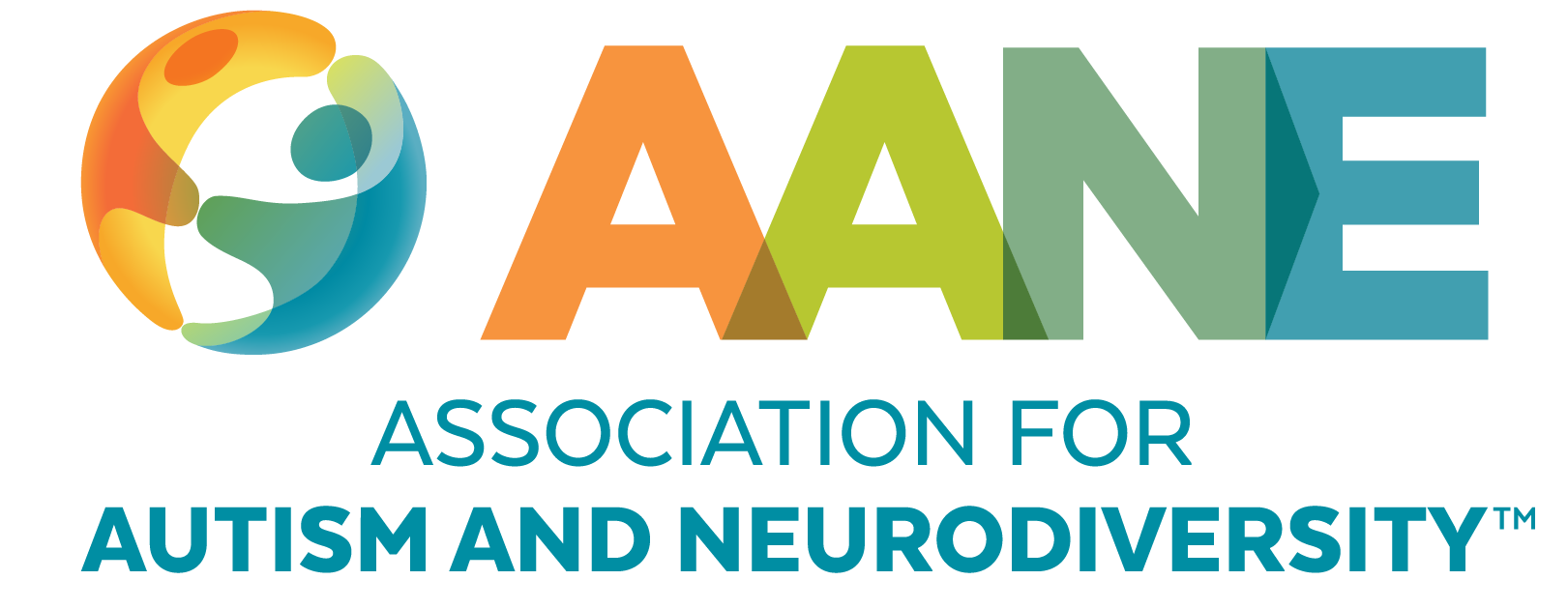
Autism and Suicide
About the Author
Lisa Morgan is an advocate and consultant in crisis support and suicide prevention for Autistic people. She founded and co-chairs the Autism and Suicide committee of the American Association of Suicidology. Lisa is a certified autism specialist, Life Coach, and owner of Lisa Morgan Consulting LLC. She is currently pursuing a Master of Social Work degree.
If you are experiencing an emergency, contact 911 or go to your nearest emergency department.
Additional Crisis Resources:
988 National Suicide and Crisis Lifeline:
- Dial 988 (For TTY Users: Use your preferred relay service or dial 711 then 988)
- Nacional de Prevención del Suicidio: (888) 628-9454
- Chat Online
The Trevor Project (LGBTQ+ support): 1-866-488-7386

Warning: This article discusses the topic of suicide and the experience of being a suicide loss survivor.
Suicide is one of the top three causes of death for Autistic people without intellectual disabilities (Kirby et al., 2019). While the risk factors of the general public pertain to Autistic people, research findings show there are also unique risk factors of suicide (Cassidy et al., 2018). Autistic people may also behave differently in a crisis than non-autistic people, causing clinicians, first responders, and other professionals to misunderstand the depth of their crisis and need for support. As well, the current resources and means of support such as crisis lines tend to unintentionally harm Autistic people because many of the crisis center workers are unfamiliar with the culture of Autistic people. Still, the crisis lines are available for everyone to use, and with the understanding that crisis center workers are people who first and foremost want to help and not harm, Autistic people can still reach out to talk or text with someone experienced with crisis support.
The most researched and supported unique risk factors of suicide for autistic people include masking, number of unmet support needs, and co-occurring psychiatric conditions (Cassidy et al., 2018; Kolves et al., 2021). Masking is a social strategy of hiding autistic traits used to fit in, get a job, and/or have a relationship. It can result in a better quality of life, yet it comes with a cost. The cost is the negative effect masking has on one’s mental health. Research has shown it to be a unique risk factor of suicide for Autistic people. Masking is exhaustive, contributes to a lack of a sense of self, is profoundly lonely, and hinders support that can truly help. The number of unmet support needs could be in any area of life including’ work, relationships, access to mental and physical health care, housing, executive functioning & daily living skills, and more. Research has also shown that anxiety is a common co-occurring psychiatric condition in Autistic people who have attempted or died by suicide (Kolves et al., 2021).
Recognizing the Signs
Autistic people can appear calm and fine, yet be in a crisis, leading to professionals and other support people to not recognize the level of crisis they are experiencing. Invalidation of their experience can cause unintentional harm, which is still harm. Autistic people may be masking, or they may be imploding and internally enduring a crisis. It is imperative for clinicians, support people, and family or friends to believe their words, even though they may not appear to be in a crisis. An Autistic person’s words must mean more than their presentation or actions. Autistic people may not always understand or be able to explain their emotions, called Alexithymia, but that does not mean they are not having emotions (Alexithymia – an Overview | ScienceDirect Topics, 2014).
The current warning signs of suicide actually contain aspects of autism and even what many Autistic people use for self-care. Withdrawal is a warning sign of suicide and used by many Autistic people to regulate after work, school, or social events. As well, sleep issues and anxiety can be aspects of autism for many individuals. Professionals may mistake stimming or other forms of emotional regulation as reckless behavior because they are not familiar with what it looks like or may not be comfortable with it because it’s different. Many autistic adults do not find support when reaching out to crisis lines due to differences in communication. Autistic people do not have choices when it comes to receiving support in a way they feel supported. Most likely they are unintentionally harmed when they reach out for support. Still, Autistic people can be supported by the crisis lines available for the general public, with the understanding that the crisis center worker will follow protocol designed for the majority of society. Disclosing a diagnosis of autism may help if the crisis center worker understands how to support an Autistic person. As well, being straightforward with what is needed can also help the crisis center worker be more supportive to an Autistic person. For instance, many autistic people do not understand the communication of “you are so brave” or “you are strong” or “you can get through this.” There’s no way a crisis center worker who an Autistic person has never met would know those things, so it becomes not only a trust issue, but can hinder the important connection that needs to be made to render support to an Autistic person in crisis. The Autistic person can honestly tell the crisis center worker to please stop making statements of character or ask to talk about something else.
A Real-life Example of Unintentional Harm
When my husband died by suicide, I experienced unintentional harm as an Autistic individual by the well-meaning first responders, victim advocate, and other support people.
It started the night I found my husband had died by suicide. The police didn’t know they put me in harm’s way while they were trying to protect me. The policemen told me exactly where to stand so I’d be safe while they went into the house to do the wellness check on my husband. They didn’t know that with my acute sense of smell, I found out, standing there by myself, that my husband was dead just a few feet away on the other side of the garage doors. Then, the six policemen rushed out of the house and surrounded me so I wouldn’t go into the house upon hearing the news of my husband’s death.
I collapsed to the ground, not because of the news I was already aware of, but because they moved too fast and crowded me too close. One policeman put a heavy hand on my shoulder to lead me across the street to talk to the Sergeant. I felt that hand on my shoulder for months afterwards when I thought about that night. I couldn’t make eye contact with the Sergeant or answer his questions easily due to high anxiety, and I was so fearful he was going to think I was lying to him. The victim advocate kept asking me to interact with her therapy dog, but I needed to pace. She kept asking me over and over again, which made me feel like I was doing something wrong, that she was going to be angry with me, which heightened my already high anxiety, but still I needed to pace. Neighbors were asking me to dinner, making small talk, and other social interactions that were exhausting and even confusing as my mind was trying to do so many things at once, and I couldn’t regulate. I knew myself enough to know I needed to see my husband’s body come out of the garage and be put into the coroner’s van to believe he was really dead. It was the one thing I asked for during the whole night. They required me to be across the street before they would remove him. Then they moved the vehicles so that I could not see.
When all the support people left around 10pm, about 4 hours after they got there, I felt completely misunderstood, invalidated, and profoundly alone. They had all been supportive, kind, empathetic, and respectful – yet not in a way that I recognized as support. Time and time again throughout that 4 hour period, I experienced angst, anxiety, sensory onslaughts, miscommunications, ableism, invalidation, confusion, horror, and disconnect.
I continued to experience unintentional harm by the police, lawyers, the coroner’s office, insurance claim representatives, the people hired to clean my home so I could sell it, the realtor, and so many other people in the year following my husband’s suicide. Since then, I have worked to bring about autism specific resources for the autism community.
The first resource, Crisis Supports for the Autism Community, was originally developed for crisis center workers to use when supporting autistic people who called/texted into a crisis line for help. It’s now being used by other professionals as well. The resource describes how to communicate with an Autistic person in crisis. The Warning Signs of Suicide: Considerations for the Autism Community is a resource to support autistic people using the warning signs of suicide for the general public, with considerations to take for aspects of autism. Lastly, the Warning Signs of Suicide for Autistic People is a proposed set of warning signs of suicide that includes scenarios describing what a crisis might look like, and research findings (Warning Signs of Suicide for Autistic People an Autism-Specific Resource Based on Research Findings and Expert Consensus, n.d.).
Stay Current
Subscribe for AANE weekly emails, monthly news, updates, and more!





